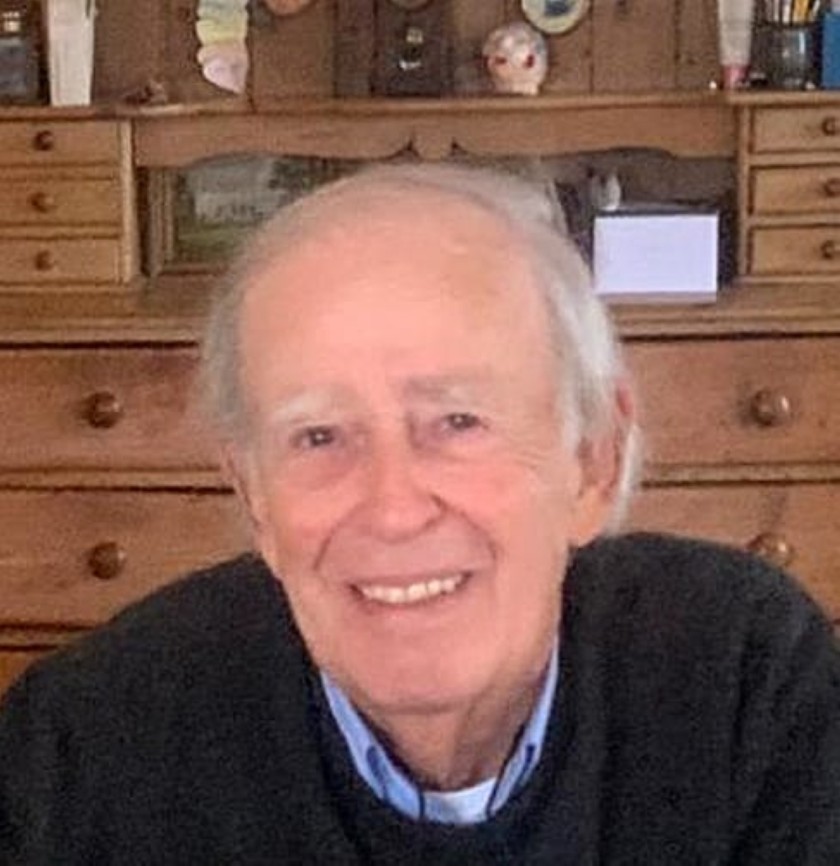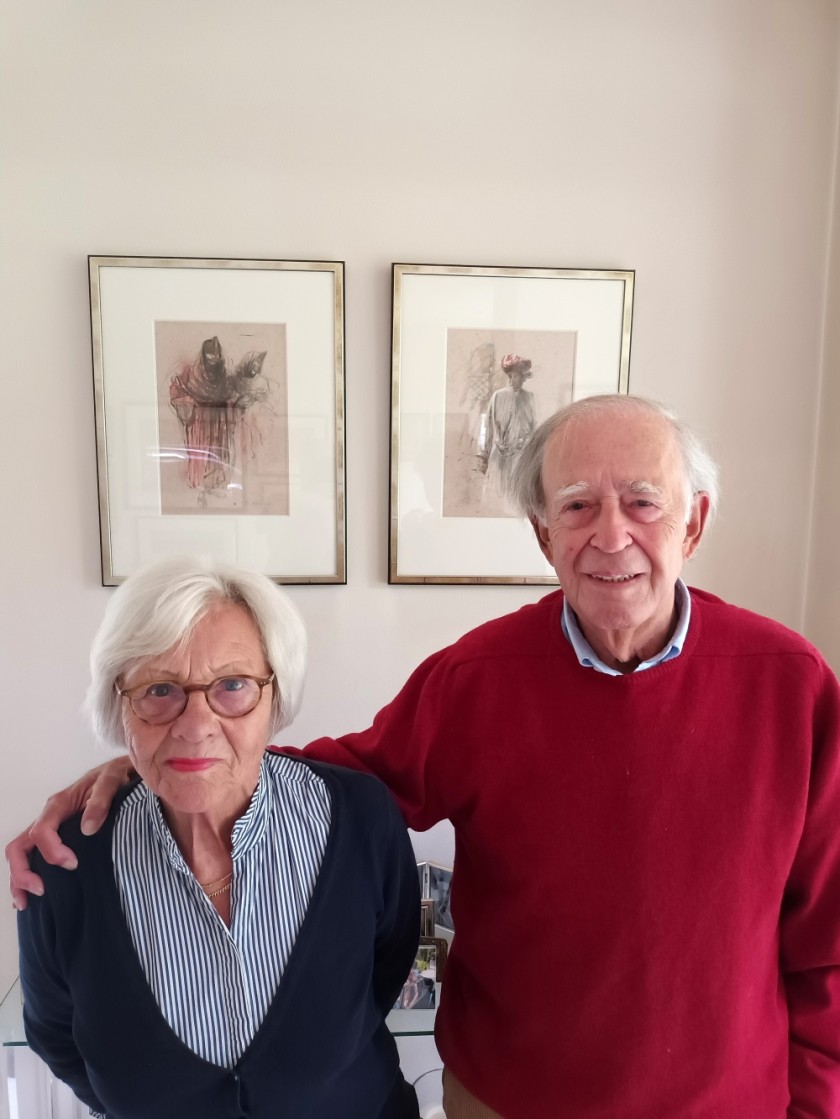

Not many know that Oman used to be called ‘Sultanate of Muscat and Oman’ and changed to Sultanate of Oman in late 1970 or the official flag was pure red or the custom border at Ruwi between Oman and Muscat, the number plates were red, and that there were no paved roads in Oman except for a small stretch from Bait Al Falaj via Riyam pass to Muscat.
Or the funny fact was the gate at Bab Al Kabir closed at 6 pm and if you were still inside, had to carry a lantern.
All these are listed by Erik van Scherpenzeel, a retired geologist and a dedicated photographer from The Netherlands who worked in Oman from 1970 to 1974 and first-hand witnessed and documented the early stages of the Renaissance.
Erik recalls his first job as a well-site geologist at the Al Huwaisa field (discovered in 1969) where he supervised the coring of the Shuaiba oil reservoir, followed by assignments at the drilling of the refine wells at the Yibal-14 blowout.
For entertainment, he mentions that at least twice a week, movies were shown outside projected on the side of a large white caravan. These movies came from the British Army and were so modern that often they saw them before their first night showing in Europe.
He delves deep into the 70s era when he was an area geologist for South Oman and as an operation geologist thereby involved in the new oil discoveries in the Gaba area (1972-73). Until then oil had only been found in Cretaceous limestones, however, at Ghaba North oil was found in the Permo-Carboniferous sandstones. This was quickly followed up with discoveries in Saih Nihaydah and Saih Rawl, he recalls with new oil finds in Dhofar at Amal.
From the middle of 1973 until his transfer to Brunei in September 1974, Erik worked as a seismic interpreter. He left Oman from Seeb Airport where just a few days before, a Concorde had landed during its maiden flight.




Erik and his wife Carla van Scherpenzeel re-visited Oman for the first time in 1996 and seeing the massive changes he decided to compile a book showing the differences between the late 60s-early 70s (‘Then’ theme) and late 90s early 2000 (‘Now’ theme). PDO Ltd was approached for assistance, which was readily granted. He did so many journeys throughout the country to retake the scenes originally captured. This resulted in the publication of the book ‘OMAN, Then and Now,’ with a foreword from Dr Mohammed bin Hamad al Rumhy, Minister of Energy and Minerals, in conjunction with the 30th National Day celebrations in 2000.
Erik says that he was able to document a large number of scenes and landmarks of the governorates during his stay in the Sultanate of Oman in the early 70s. His work reflects the social, cultural and heritage of the country, in addition to its geographical, topographical and geological features.
“Life in the Sultanate of Oman was marvellous and Omani people were gentle, sociable and truthful in their friendship,” recollects Erik, noting that one could move freely in the fascinating landscape and that one could even sleep safely amidst the golden dunes.
He still remembers his visit to Sur and the long trip to the easterly wilayat from Muscat on a four-wheel vehicle on the rough roads. Everywhere he went, he could observe Omani people’s devotion and sound Arabian habits and traditions of hospitality.
Oman was special in all the postings he had because he saw it as it had been for centuries and witnessed the early phase of transition into a modern state.
“Progress has been phenomenal, yet I regret the loss of some of the cultural heritage and traditional values,” he adds.
Erik is nostalgic about many incidents which he encountered during his stay. He remembers the trip with a dhow to the Daymaniyat Islands which was an experience to be cherished. They camped on the beach but were woken up by just hatched turtles crawling beneath. Even though it was still dark, gulls were arriving in great numbers to feast on the hatchlings. They could scare off most of the gulls by using torches and other means and were able to guide many hatchlings to safety.
With a doctorate in Geology from Leiden University, he joined Shell and in a long career which saw him retire in 1999 after working in Oman, Brunei, New Zealand, the UK, Nigeria and The Netherlands.
Erik recently offered his exceptional collection as a special gift to the Sultanate of Oman, based on his deep love for the country and on his keenness to enrich its national archives.
Dr Abdullah bin Salim al Harthy, Oman’s Ambassador to the Netherlands, visited Erik at his home in Groningen, a city in the northern part of The Netherlands, and thanked him for the gift he presented and expressed his gratitude for the humanitarian gesture.
Says Dr Al Harthy, “Many things struck me as I entered Erik’s home as every corner is adorned with an image from Oman. Not only that, his study room is bedecked with historical paintings, books, mementoes and even old rifles. Erik also painstakingly made accounts of Omani villages and countryside in such detail that gave me the impression that I was listening to an academic in Omani history and civilisation and this is documented in photographs.”
Erik last visited Oman in November 2018 and the couple used to travel every three years but the pandemic halted their plans. In fact, he met his wife in Oman way back in 1972. Erik lives a retired life reminiscing about his life in Oman and actively pursues driving his vintage Morgan which he ordered in 1972.
Oman Observer is now on the WhatsApp channel. Click here









